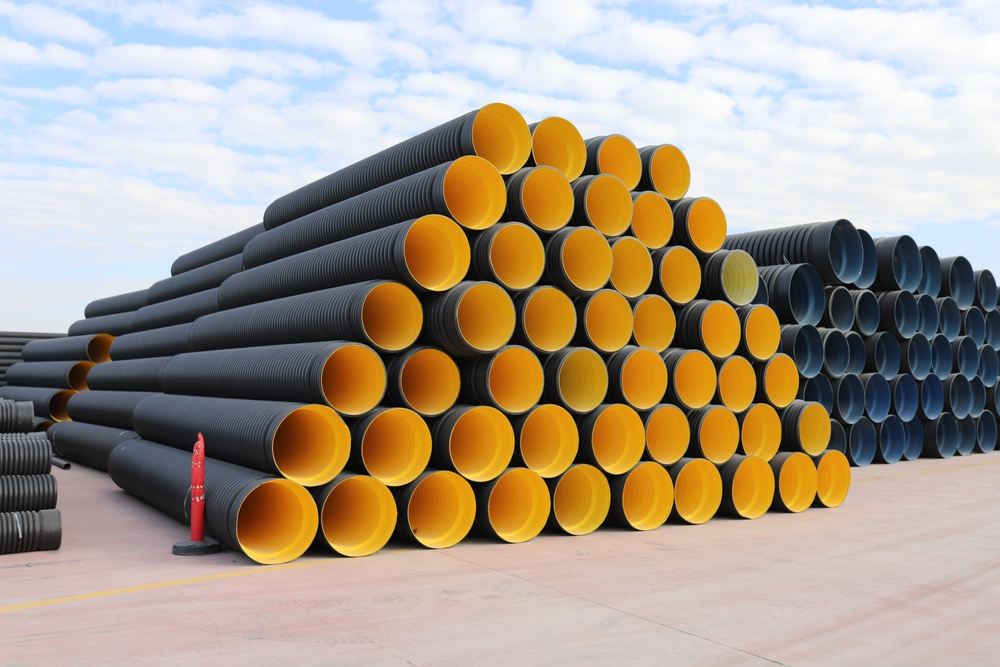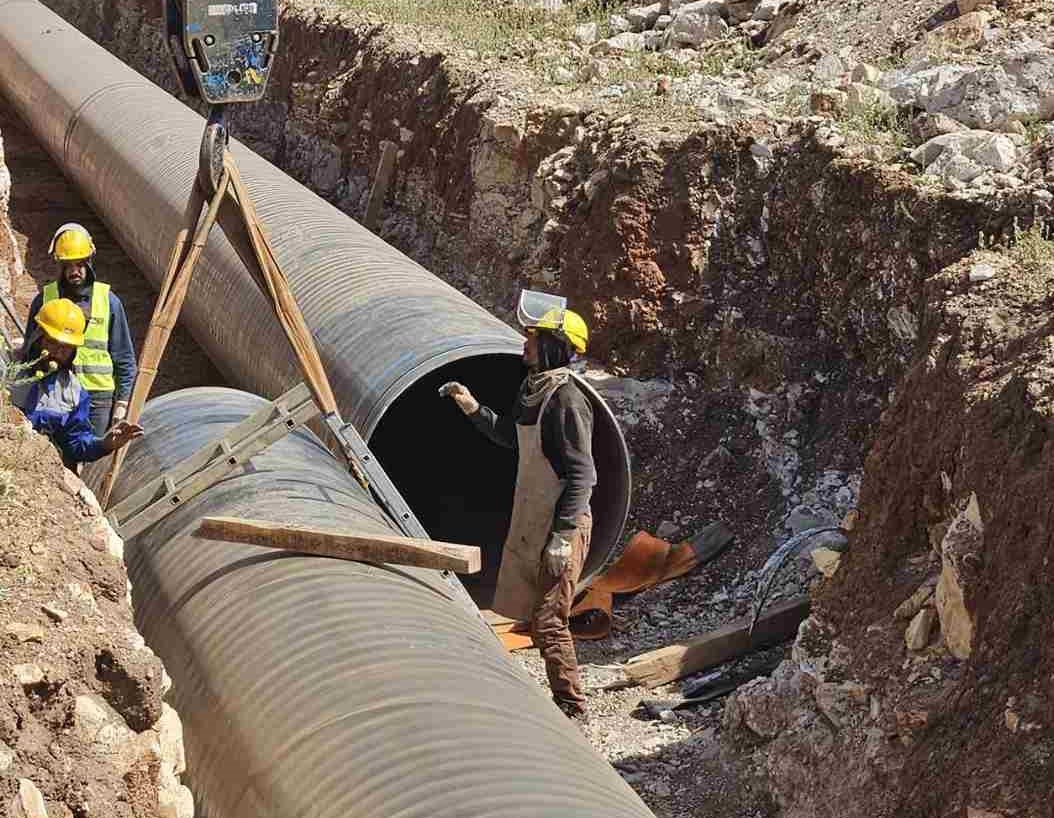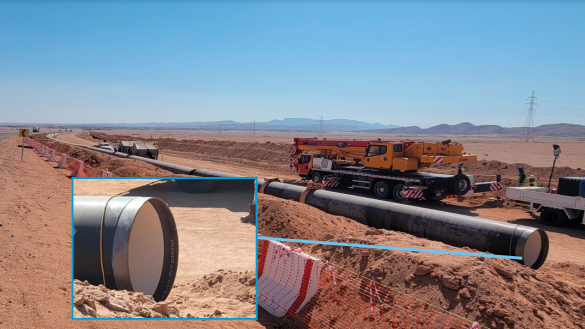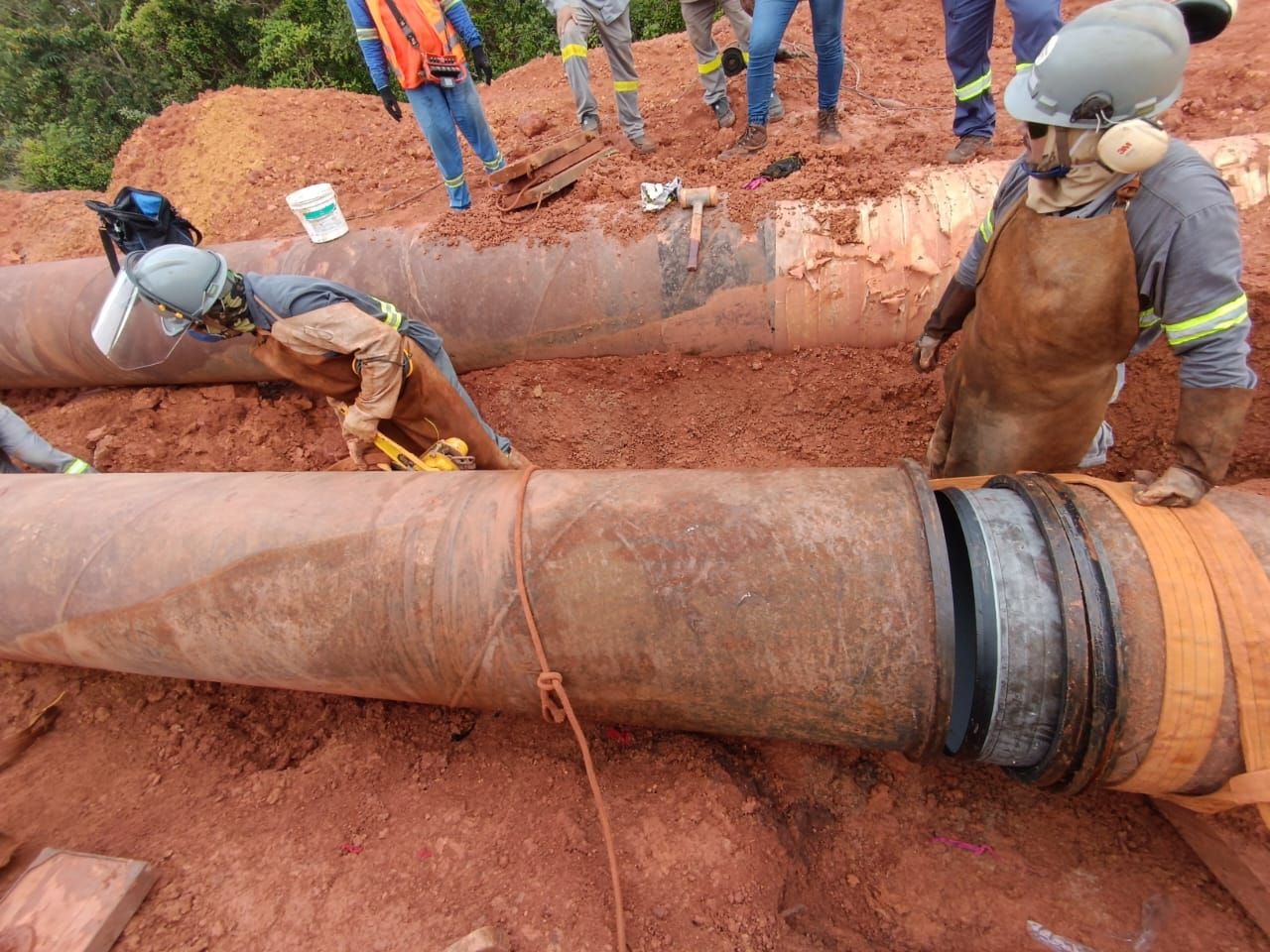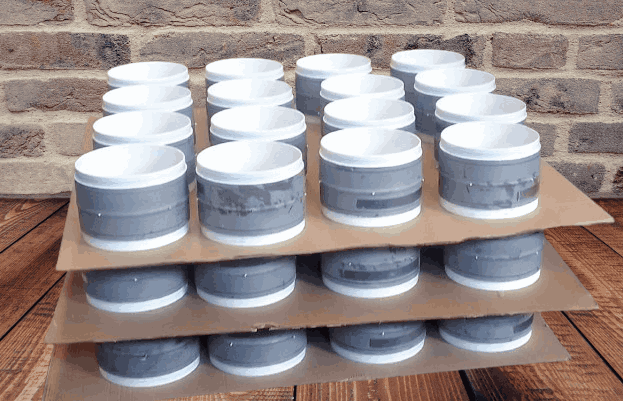As the world’s oil and gas demand rises, durable pipes are more crucial than ever. Reinforced Thermoplastic Pipe(RTP) is revolutionizing the oil and gas industry. RTP outperforms steel pipes in strength-to-weight ratio, corrosion resistance, and flexibility.
Hybrid pipelines with thermoplastic liners and high-strength fibers are lightweight and sturdy. The benefits of RTP go beyond its physical effects. Installation is simple, maintenance is low, and it can withstand tough situations. This makes it a viable alternative for pipeline operators seeking cost-effective and durable solutions.
This new technology, RTP, allows oil and gas companies to explore new methods to find and produce oil while integrating it into their existing infrastructure. As a result, RTP technology reduces downtime and increases efficiency. In this blog, we are going to discuss reinforced thermoplastic pipe’s benefits, usage, and impact on the oil and gas industry.
Let’s discover RTP’s potential in a new pipeline era.
Reinforced Thermoplastic Pipe Specifications
Material Composition
RTP is typically made from a combination of thermoplastic materials (e.g., HDPE, PVC, PVDF) and reinforcing layers (e.g., aramid, glass, or carbon fibers). The specific materials and fiber types may vary based on the desired properties and application.
Pressure Rating
RTP is designed to withstand different pressure levels. Common pressure ratings can range from a few hundred psi to several thousand psi, depending on the design and intended use.
Temperature Range
RTP’s temperature resistance can vary, but it can typically handle temperatures ranging from -40°C to 100°C (-40°F to 212°F). Some specialized RTP products can handle higher temperatures as well.
Diameter
RTP is available in various diameter sizes to accommodate different pipeline requirements. The diameter can range from a few inches to several feet.
Coating and Liner
Depending on the application, RTP may have specific coatings or liners to enhance its performance, such as anti-corrosion coatings or liners for chemical resistance.
Fittings and Connections
RTP systems often come with specialized fittings and connection methods tailored to the material’s flexibility and installation requirements.
Further explore: “What is a Pipe Sleeve? – A Detailed Guide”
Advantages Of Reinforced Thermoplastic Pipe In Oil And Gas Pipelines
You might wonder what is stronger steel or reinforced thermoplastic pipe, these advantages will give you the answer.
Reinforced thermoplastic pipe has numerous advantages over steel. First, its high strength-to-weight ratio makes it lighter than steel pipes. And making it easier to move and put. Moreover, this weight decrease simplifies logistics and lowers pipeline construction costs.
Second, RTP doesn’t corrode like steel pipes. The pipeline doesn’t rust, so it lasts longer and needs fewer repairs. Moreover, the thermoplastic lining protects the pipe when exposed to corrosive substances or conditions.
RTP can withstand earthquakes and ground movement due to its flexibility. Moreover, it withstand tension without splitting or breaking, unlike stiff steel pipes. This flexibility allows the pipe to be placed in tough terrain or hard-to-reach regions, increasing pipeline routes.
Furthermore, RTP’s physical features and installation and integration benefits are various. You need to install lightweight means less equipment. The method is faster and cheaper. RTP is flexible and can be added to the current infrastructure with minimal adjustments..
In short, reinforced thermoplastic pipe is superior for oil and gas pipelines. It’s lighter, flexible, rust-free, and easier to assemble than steel pipes.
Reinforced Thermoplastic Pipe Technology And Materials
A thermoplastic lining and high-strength strands make reinforced thermoplastic pipes. Thermoplastic covers prevent pipes from corrosion and smooth oil and gas flow. High-strength aramid, glass, or carbon threads give the pipe structure and strength.
PE and PA are popular RTP thermoplastics. PE is acid-, UV-, and wear-resistant, making it versatile. PA is excellent for high-temperature and high-pressure jobs because it can handle the heat and has strong mechanics.
The type of Fiber reinforcing depends on pipeline needs. Like Kevlar, Aramid Fibers are solid and durable. This makes them ideal for pipelines with heavy external loads. Glass strands are corrosion-resistant and employed in chemical-resistant applications.
Carbon Fibers find application in making pipes that are long-lasting, durable, and rigid. These materials and technology create a robust, light, corrosion-resistant reinforced thermoplastic line. Because of its unusual composition, this material can be utilized to develop oil and gas pipes that can withstand harsh circumstances.
Read the “Best Insert Pipe Sleeve Technologies for Internally Coated Pipelines”
Applications Of Reinforced Thermoplastic Pipe In The Oil And Gas Industry
Reinforced thermoplastic pipe has various uses in oil and gas. Its properties make it suitable for land-based collecting, transmission lines, and offshore installations.
We commonly use RTP in offshore pipes. It’s lighter than standard steel pipes, making it easier to move and position in deep water. RTP’s corrosion resistance is crucial offshore, where seawater and extreme maritime conditions may severely harm traditional pipes.
Due to its flexibility, we increasingly employed RTP in onshore transmission and collecting lines. RTP can withstand ground movement and seismic activity, making it ideal for earthquake-prone areas. Its compact size and lightweight make it easy to position in hard-to-reach spots without digging or damaging the environment.
RTP can convey crude oil, natural gas, and chemicals since it resists rust and chemicals. Its smooth interior reduces friction and makes everything move smoothly. This saves energy and boosts efficiency.
As more oil and gas producers discover its benefits and potential, the reinforced thermoplastic pipe is employed more. Furthermore, RTP is altering offshore and onshore pipeline planning, construction, and operation.
Case Studies Showcasing The Success Of RTPs
Many “oil and gas case studies” show that reinforced thermoplastic pipe works efficiently. These cases demonstrate RTP’s improvements to pipelines. A fascinating case study explains how RTP was utilized to build a North Sea pipeline.
The project sought to transport offshore natural gas to a land-based processing plant. RTP’s lightweight made reel-lay installation more accessible, saving time and money. RTP’s corrosion prevention was crucial for this project because the pipeline would be exposed to corrosive seawater and the harsh North Sea conditions.
RTP eliminated the need for costly corrosion protection. The initial expenditure and continuous upkeep were cheaper.
Other case studies focus on installing RTP in an onshore gathering line in a steep, challenging environment. Moreover, RTP’s flexibility allowed it to be installed around barriers without much digging, which was better for the climate.
Furthermore, RTP’s small weight made it easier to move and handle, saving money. In this scenario, the pipeline needed corrosion resistance. Steel lines would have struggled in the acidic soil.
In these case studies, reinforced PVC pipe is shown to be helpful in real life. Reinforced thermoplastic pipe’s lightweight, corrosion-resistant, and flexible properties have reduced project schedules, costs, and operating efficiency.
The Future Of Reinforced Thermoplastic Pipe In The Oil And Gas Industry
In oil and gas, the enhanced thermoplastic pipe has a bright future. Identifying sustainable pipeline construction methods is crucial as oil and gas demand rises. RTP can address these objectives and define the industry’s future due to its many benefits.
RTP’s initial investment prices should decrease as new materials. This will appeal to pipeline operators. Specialized manufacturing sites and qualified staff will likely increase, making RTP technology easier to use.
Additionally, RTP research and development aims to improve its functionality. This includes developing new thermoplastic materials with superior mechanical properties and chemical resistance and new reinforcing fiber and product methods.
Reinforced thermoplastic pipe has applications outside of oil and gas. Due to its slight weight and corrosion resistance, RTP is versatile. RTP is suitable for use in mining, water and sewage pipes, and offshore wind farms as well. People should use RTP more because it is eco-friendly. Lightweight RTP is easy to ship and install and doesn’t rust, so you don’t need environmentally harmful chemical coatings or inhibitors.
Conclusion
Reinforced thermoplastic pipe has changed the game in the oil and gas business. Its benefits, such as being lightweight, corrosion-resistant, and flexible, make it a better choice than standard steel pipes. Moreover, the successful case studies show the power of RTP to shape the future of pipelines, the ongoing improvements, and the possible future uses.
As the world’s need for oil and gas keeps increasing, reinforced thermoplastic pipe is a good, and cost-effective option. Additionally, investing in the future with RTP is an investment in the oil and gas business and a promise to make the end more efficient and better for the environment.
We are providing the best Thermoplastic Pipe liner services with so many successful projects at LPS.
See our successful thermoplastic pipe liner projects.
FAQs
Q1: Does RTP require cathodic protection against corrosion?
Ans: RTP is naturally corrosion-resistant, reducing the need for cathodic protection measures, which are commonly used with steel pipelines.
Q2: What kind of maintenance does RTP require over its lifespan?
Ans: RTP requires minimal maintenance due to its resistance to corrosion and degradation, making it a cost-effective choice.
Q3: How does RTP compare in terms of cost when compared to traditional materials?
Ans: While RTP may have higher upfront costs, it can offer significant long-term savings due to reduced maintenance and longer service life, making it a competitive choice in the long run.
Q4: Is RTP suitable for all oil and gas applications?
Ans: RTP is versatile but may not be ideal for high-temperature or high-pressure applications, which may require other materials.
Q5: What is the future outlook for RTP in the oil and gas industry?
Ans: We expect RTP to play a growing role in the industry due to its durability, cost-effectiveness, and environmental advantages.

